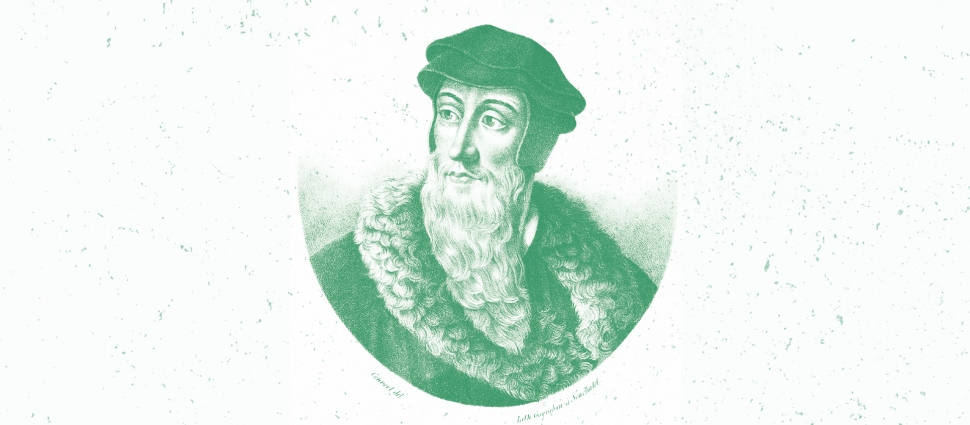Blog 19: 1.11.13 - 1.12.2

Calvin continues to make his case against the use of images (icons, crucifixes, and the like) in Christian worship, which he believes to be nothing less than an idolatrous violation of the Second Commandment.
One of Calvin's arguments is historical: in the first five hundred years of the Christian church, there were no images in the church, but pure doctrine flourished. The implication is that images have a corrupting effect on Christian theology.
Another argument is practical: when images are introduced to Christian worship, the power of the sacraments (baptism and the Lord's Supper) is diminished. As visible symbols of the Word, they now have to compete with other visual images, and thus they lose some of their unique and divinely-intended force.
Yet another argument is exegetical: Calvin considers many of the arguments in favor of images--such as those used at the Second Council of Nicaea (787)--and judges them so inept as to be absurd.
But perhaps his most powerful argument is theological. When God is worshiped by way of idols and images, his powers and perfections are parceled out to lesser gods and goddesses. Instead of seeing God as the locus of all majesty and grace, people look to other things in life to provide security, hope, protection, pleasure, and satisfaction.
Earlier Calvin described the human heart was an idol factory. Here he says, in effect, that the human heart is also a distribution center. The sinful nature takes the prerogatives that properly belong to God alone and divides them among many deities.
This is an important insight about idolatry: our temptation is not simply to worship some false god, but also to worship less and less of the true God by taking away his glory a little at a time.




